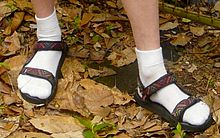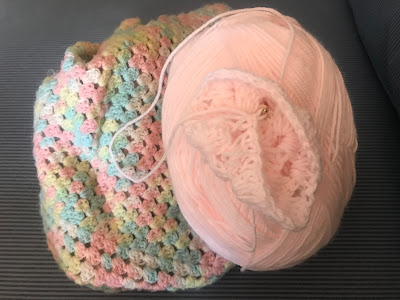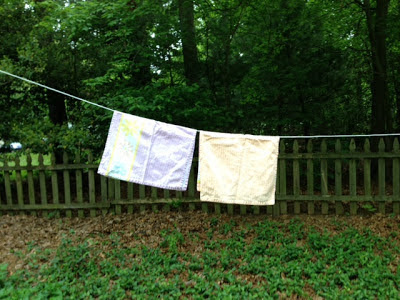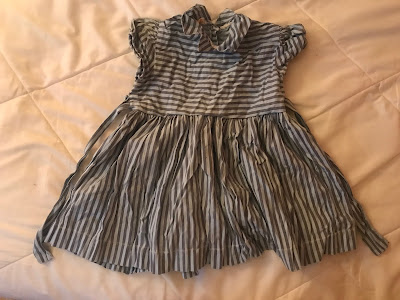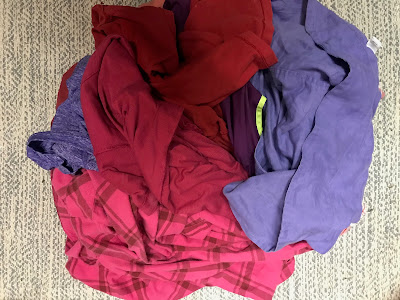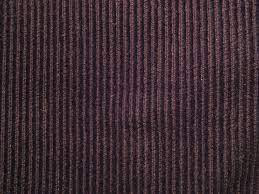The Rack
When we first acquired it, I thought we were crazy. A drying rack as big as a room. I mostly use an electric dryer, which, along with the washing machine, saves me hours of labor every month.
But this hot summer, I have a new appreciation for the contraption, especially when placed outside, where it provides for optimal air-drying.
There’s an elemental pleasure in hanging wet shorts and shirts on the rods, a pleasure almost as great as attaching sheets to a clothesline when I was a kid, the fabric flapping in my face.
Often, clothes dry almost as quickly on the deck as they do in the dryer, and when I bring them in, they smell of air and sun and heat.

